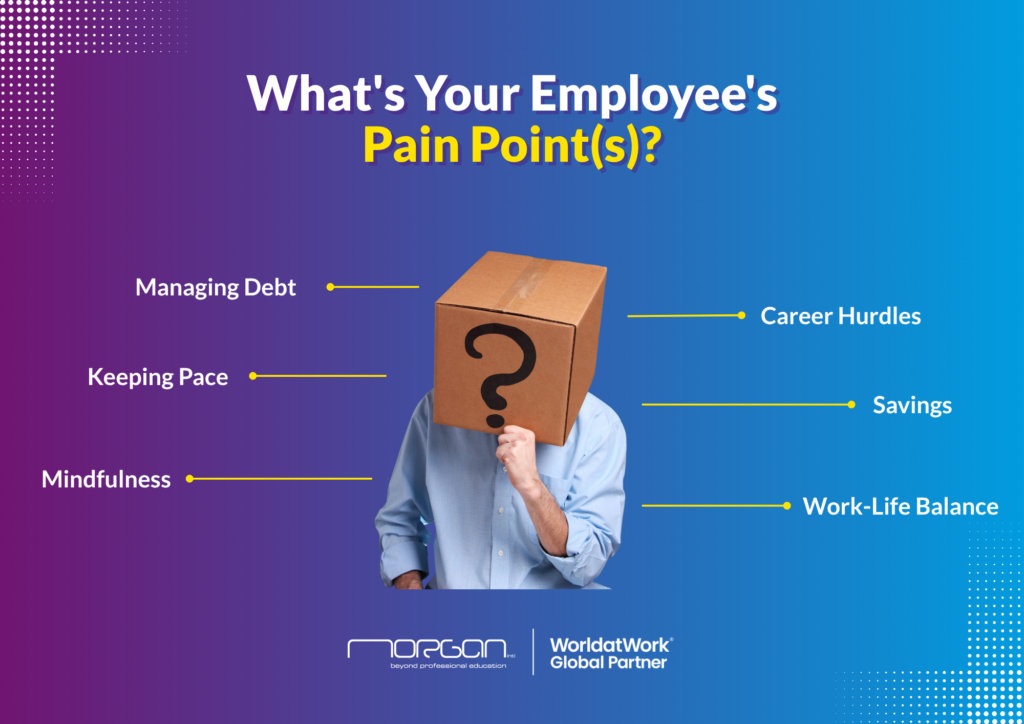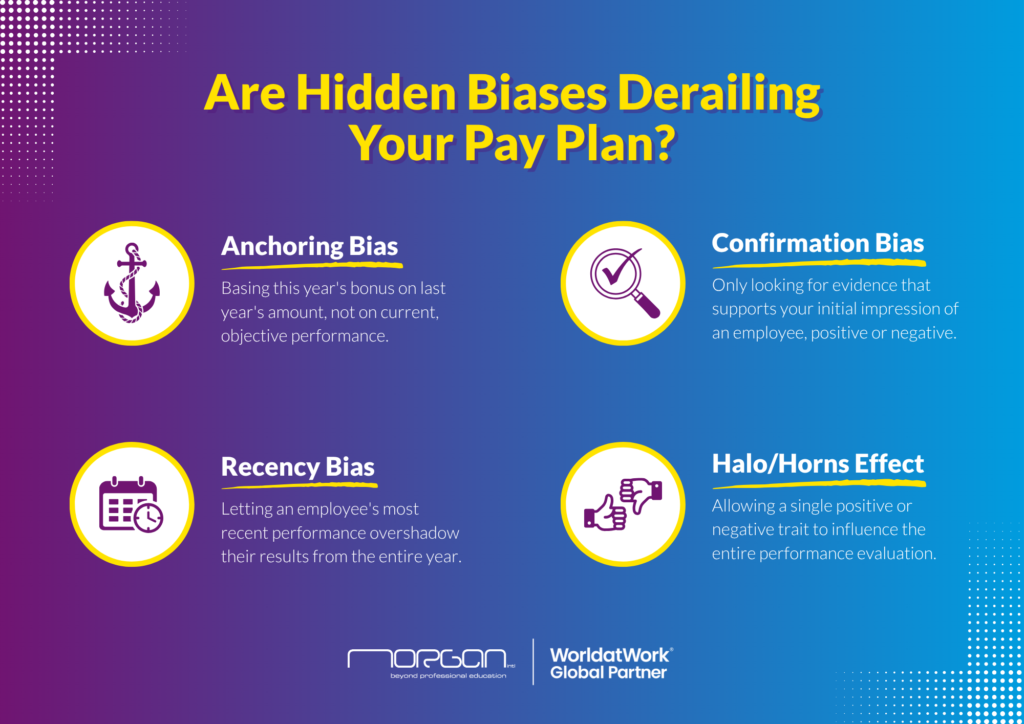The compensation landscape is transforming at an unprecedented pace. Are your reward strategies and pay-for-performance methodologies ready for what is next? Discover how mastering strategic variable pay is your key to navigating this evolution and confidently leading your organization to success.
In today’s competitive business landscape, a fixed salary is just the cost of entry. To build a high-performance culture, you must move beyond simply paying people and start inspiring them. This is where strategic variable pay comes in. It is not about simply offering larger financial rewards; it’s about designing a smarter system that links rewards directly to the results that matter most to your business.
When done right, variable pay boosts motivation, aligns employee goals with company objectives, and creates a flexible and performance-driven environment. But a poorly designed plan can do more harm than good, creating confusion, fostering unhealthy competition, and demotivating your best people. Here is how to build a plan that energizes your team and drives actual results.
Why Most Pay-for-Performance Plans Fail (And How to Build One That Works)
The Pillars of Employee Dissatisfaction

Many variable pay plans look good on paper but fail in practice because they ignore basic human psychology. To succeed, your plan must pass three critical tests.
- “What’s in It for Me?” Test (Expectancy): For any incentive to work, an employee must believe three things: “If I put in the effort, I can hit my target” (Expectancy), “I trust that if I hit my target, I will get the reward” (Instrumentality), and “That reward is something I genuinely value” (Valence). If any link in this chain is broken—if targets seem impossible, if payouts are inconsistent, or if the reward is not meaningful, motivation will be zero, regardless of the bonus size.
- The Fairness Factor (Equity): Employees do not work in a vacuum. They are constantly comparing their efforts and rewards to those of their peers. If your system is perceived as biased or inconsistent, it will breed resentment and kill morale. The key to overcoming this is absolute transparency. The rules must be clear, objective, and applied evenly to everyone. Perceived fairness is just as important as actual fairness.
- The Power of a Nudge (Reinforcement): Rewards have the greatest impact when they are timely and connected to specific behavior. A small, immediate spot award for demonstrating a core company value can be more powerful than a large, mysterious bonus paid out six months later. The closer the reward is to the action, the stronger the reinforcement.
Recognition Matters: Acknowledge and appreciate employees. Public praise and growth opportunities can be very motivating.
4 Mental Traps to Avoid, For Fairer, More Effective Rewards

Your Blueprint for a Winning Strategic Variable Pay Strategy
Architecting a high-impact plan does not have to be complicated. By following a structured approach, you can create a system that is clear, effective, and aligned with your goals.
Step 1:
Start with Your “Why”. Before you think about percentages or metrics, define the specific business outcome you want to drive. Are you trying to increase sales, improve customer retention, or accelerate innovation? A plan designed to boost individual sales will look quite different from the one meant to encourage team collaboration. Your strategic goal must be the foundation of your plan.
Step 2:
Choose the Right Tool for the Job. Variable pay is not a one-size-fits-all solution. A successful strategy often uses a mix of different tools to motivate different behaviors:
- Incentives and Commissions: Best for driving specific, measurable individual results, like sales quotas or production targets.
- Bonuses: Ideal for rewarding past performance, whether for individuals, teams, or the entire company.
- Recognition and Spot Awards: Perfect for reinforcing desired behaviors and company values in real-time with immediate, often non-monetary, rewards.
- Profit-Sharing and Gainsharing: Excellent for fostering a sense of collective ownership and aligning the entire workforce with broad organizational success.
Step 3:
Keep It Simple and Communicate Clearly. Complexity is the enemy of motivation.
If employees do not understand how the plan works, it cannot motivate them. The metrics, targets, and payout process must be communicated with absolute clarity. This transparency builds the trust necessary for employees to buy into the program and see a clear path from their performance to their reward.
From Expense to Investment
Variable pay is not a magic bullet, but it is an incredibly powerful strategic tool. When designed with a clear understanding of business objectives and human motivation, it transforms compensation from a simple expense into a strategic investment in your people and your company’s growth.
The Mark of a True Rewards Professional
Mastering these principles is what separates good leaders from great ones. For professionals ready to become architects of performance, WorldatWork offers the industry’s gold-standard credentials: the Certified Compensation Professional (CCP®) and the Global Remuneration Professional (GRP®).
The CCP® designation validates deep expertise in designing and managing strategic compensation programs within a single country, while the GRP® equips leaders to navigate the complexities of multinational rewards.
Through a strategic partnership, Morgan International now delivers these premier certification programs across the MENA region, providing local access to world-class professional development.
Food for Thought
Is your current compensation plan truly rewarding the behaviors that will drive your company’s future success?
For those ready to take the next step, the “Improving Performance with Variable Pay” course provides the expert knowledge and practical skills to design, implement, and manage a program that delivers extraordinary results.
#GRP #CCP #PerformancePay #HRcertification #MorganIntl

